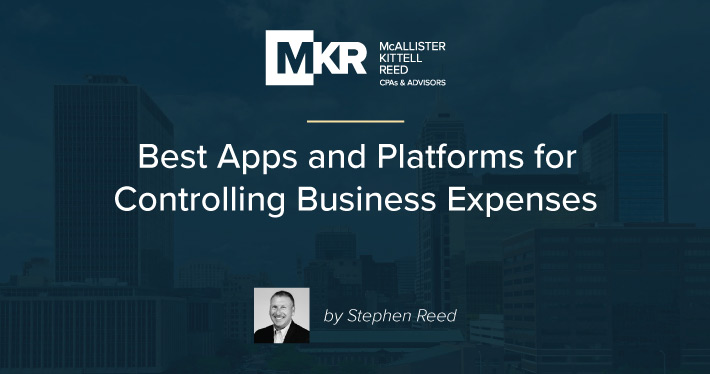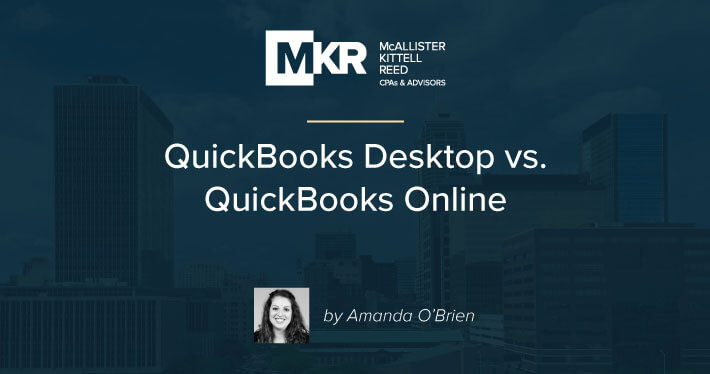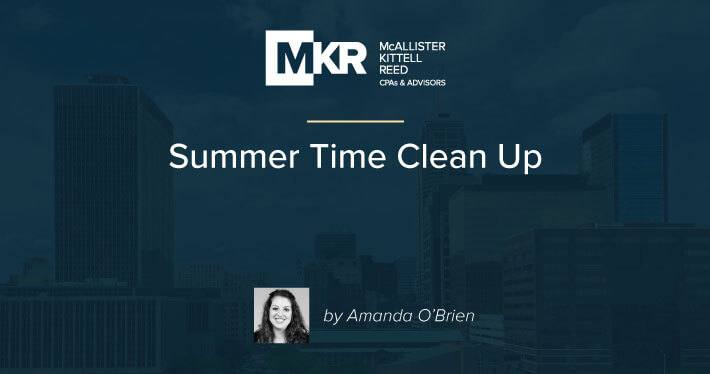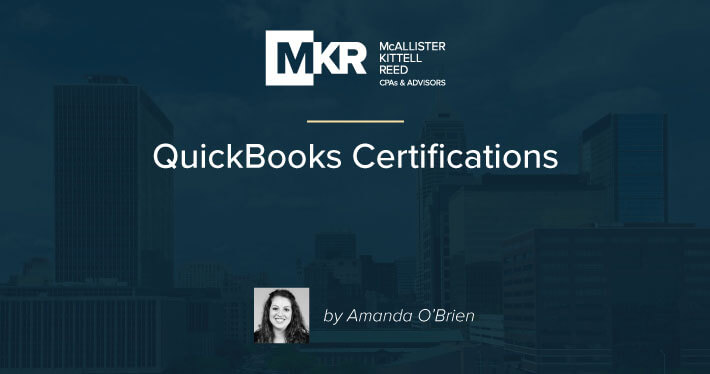As a small business owner, the more you can stay organized, improve daily operations, control business expenses, and generally make life as an entrepreneur run a little more smoothly, the more proficient and prolific your business will become. Below are some top-rated...




